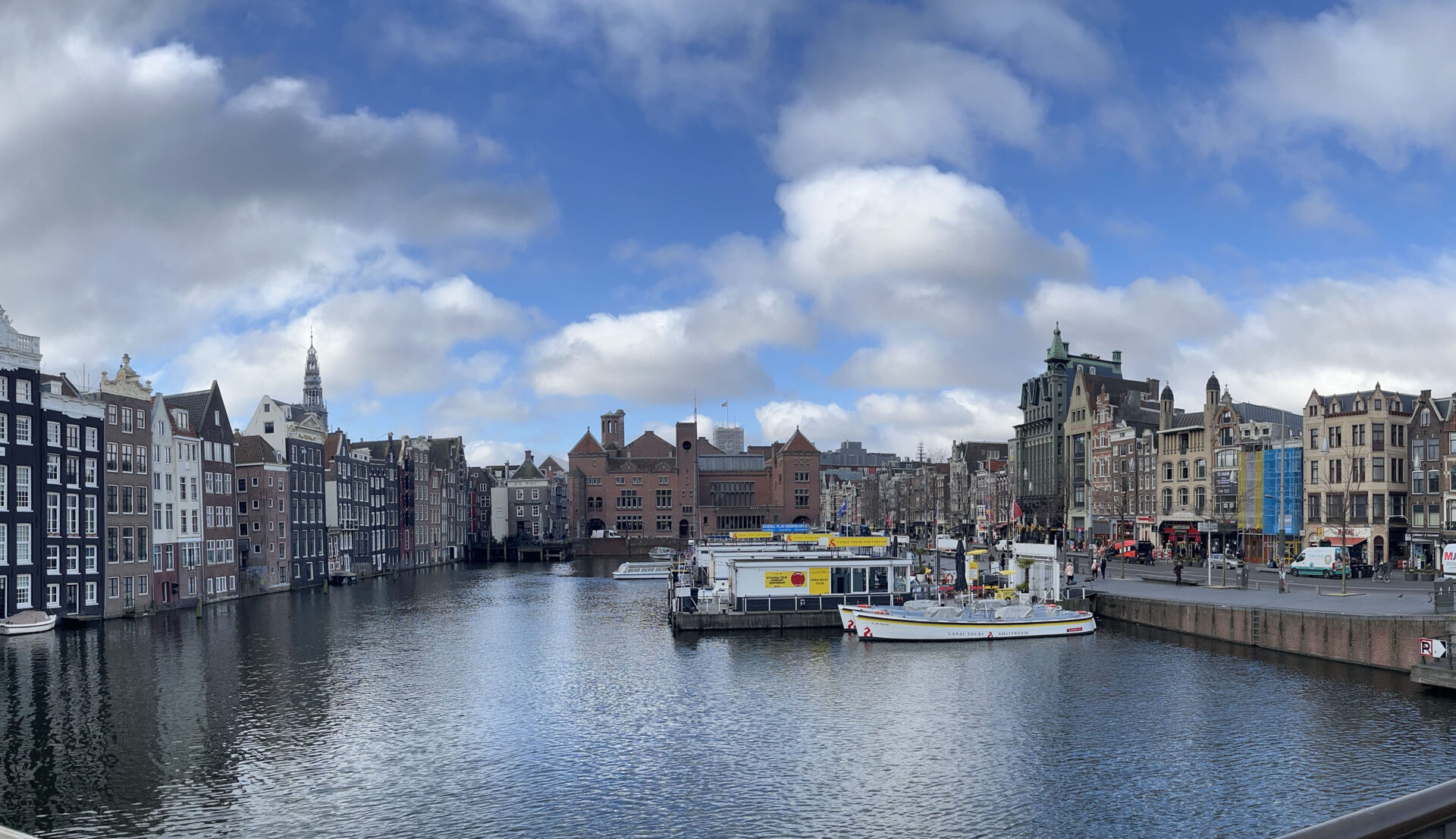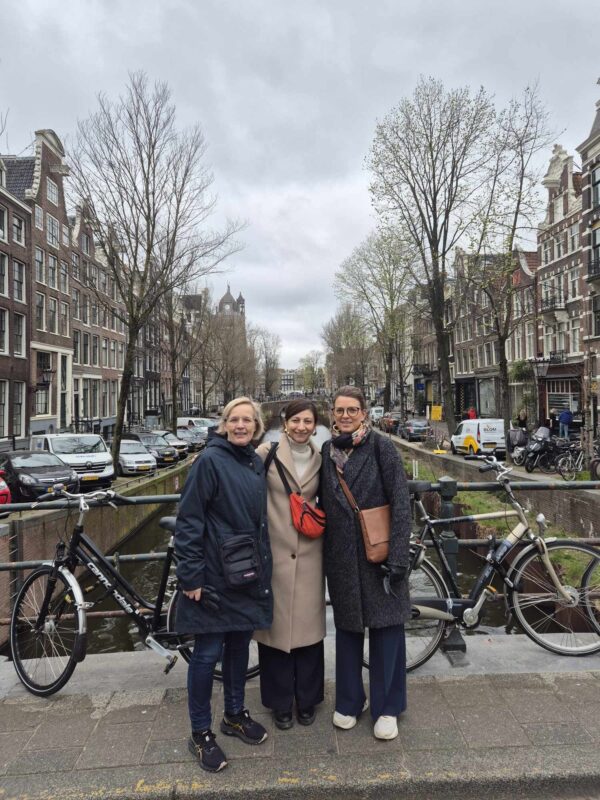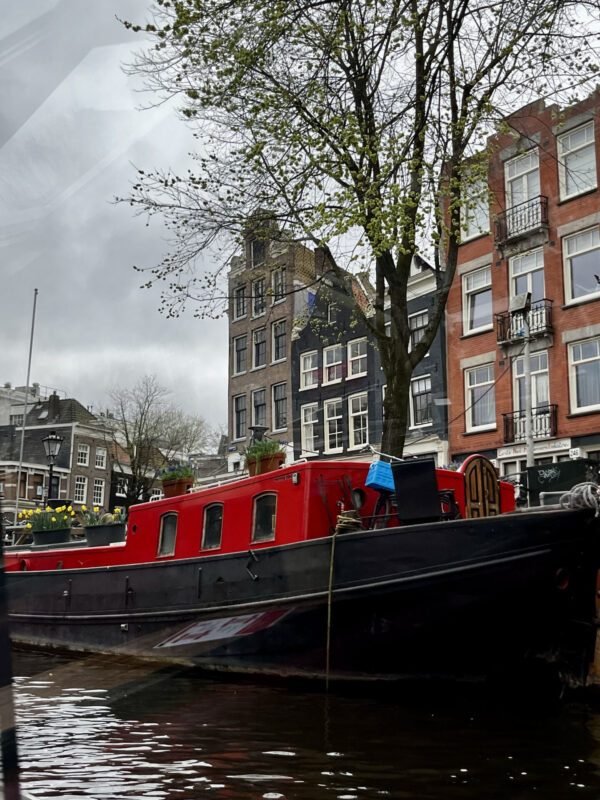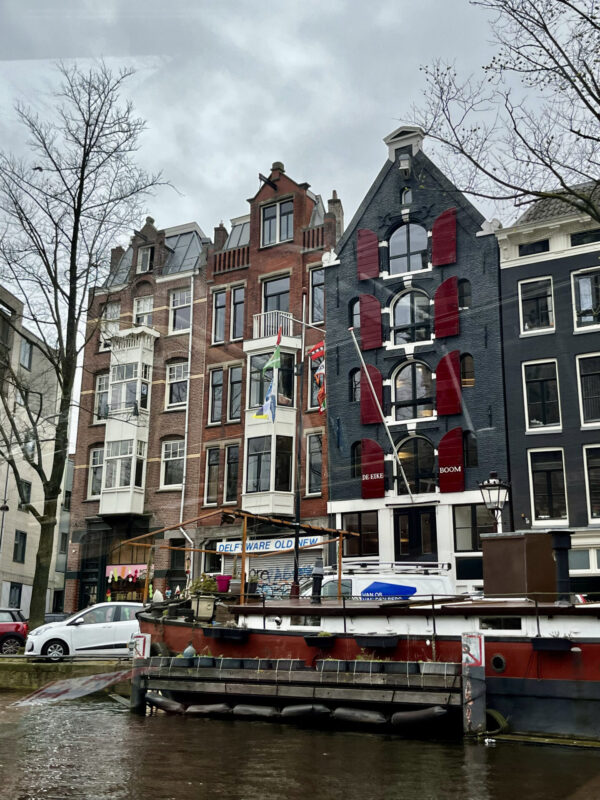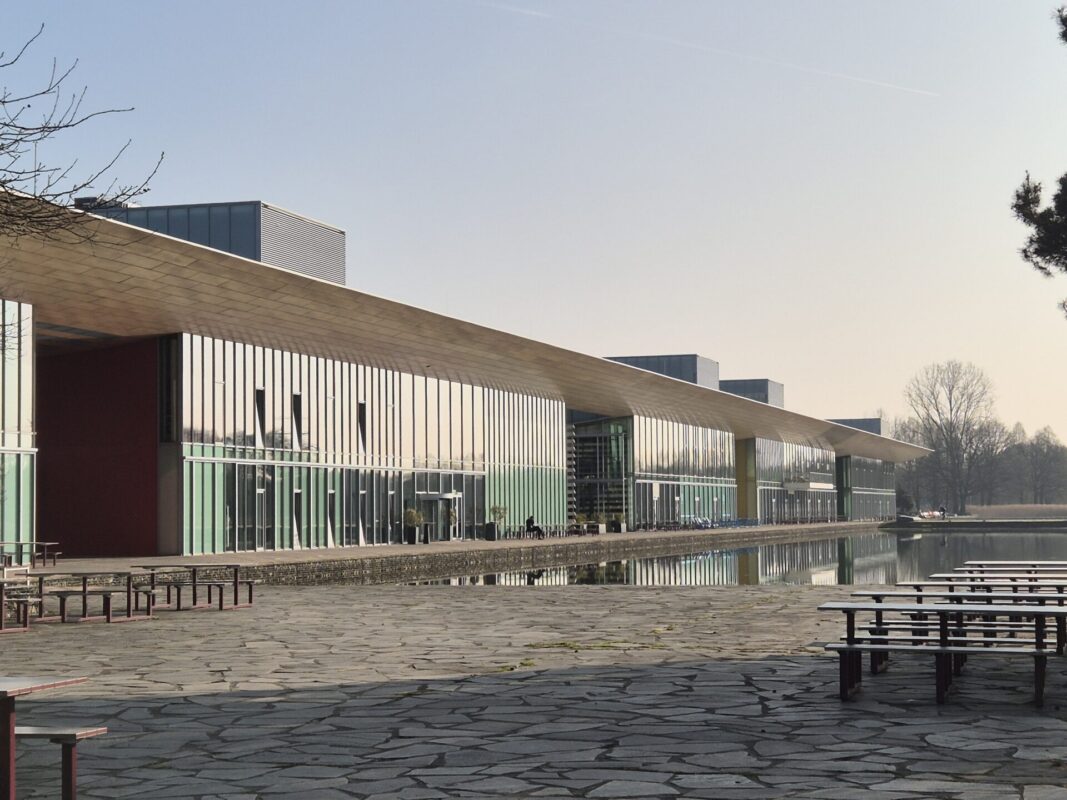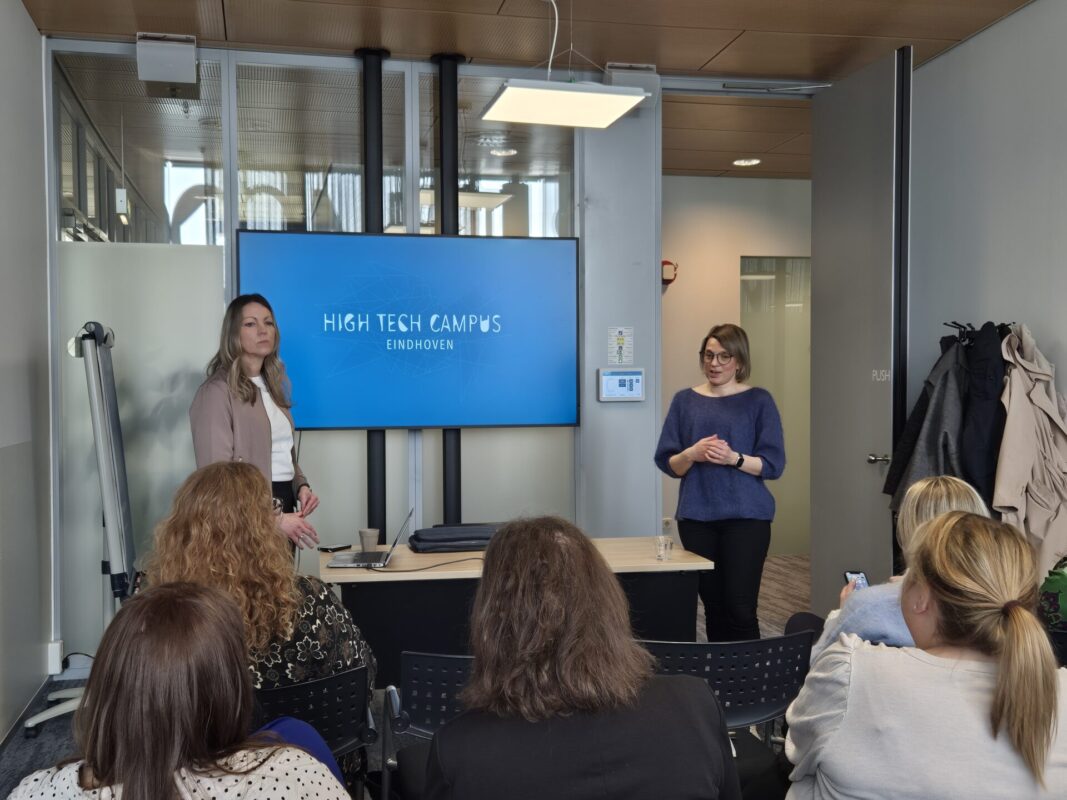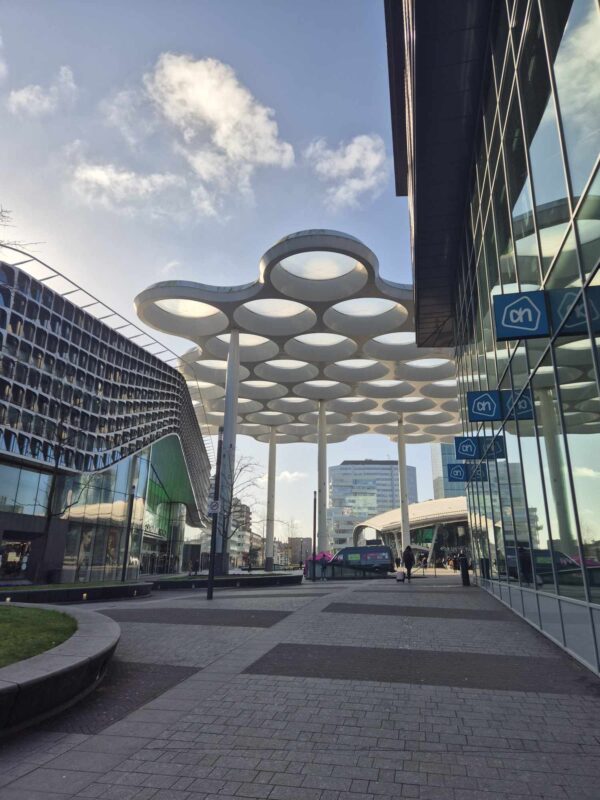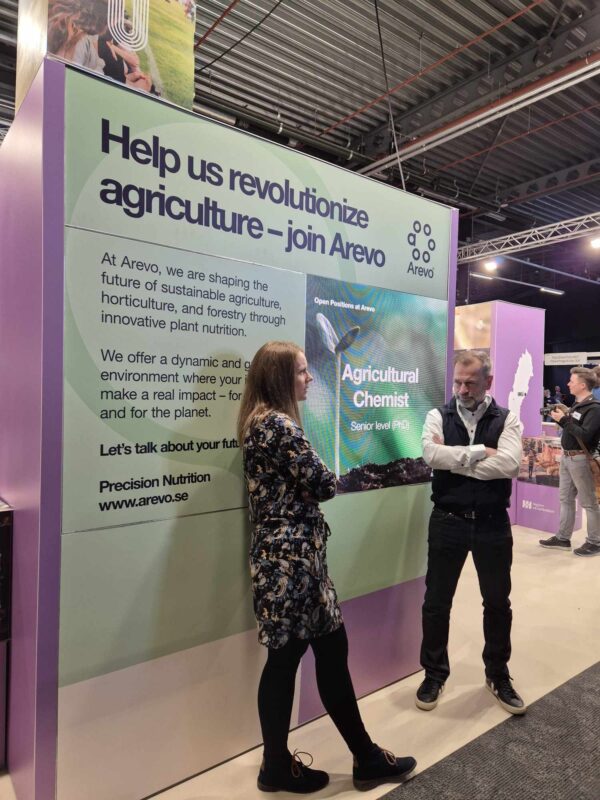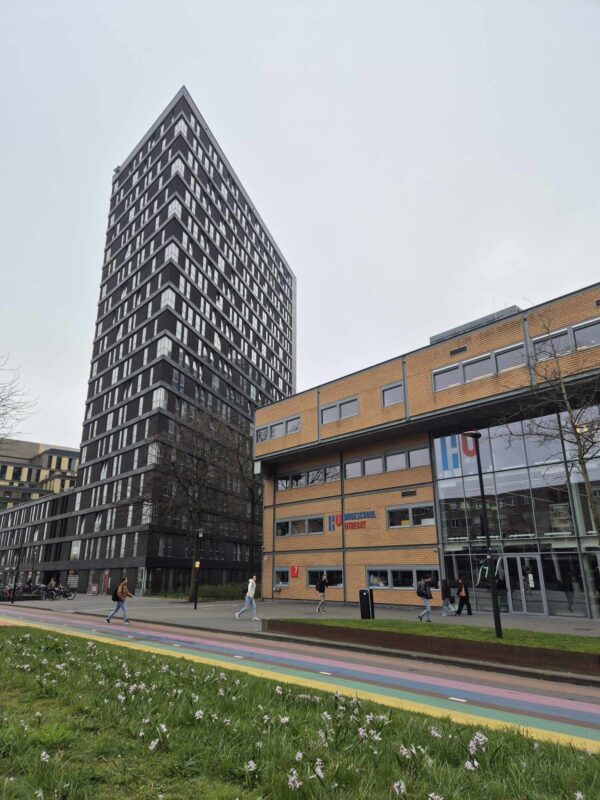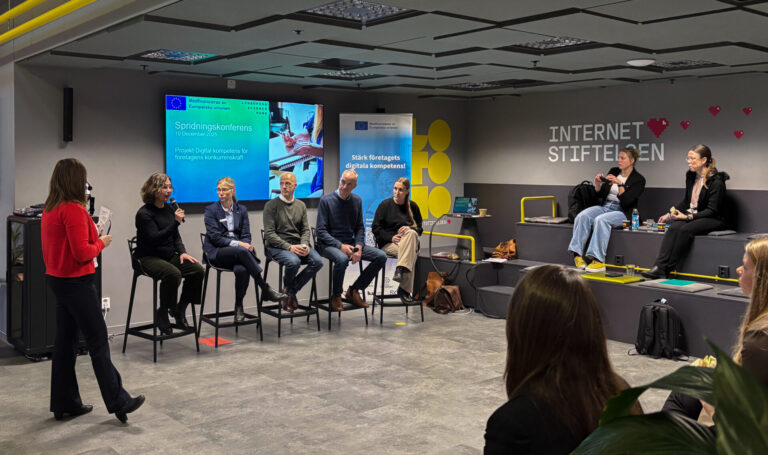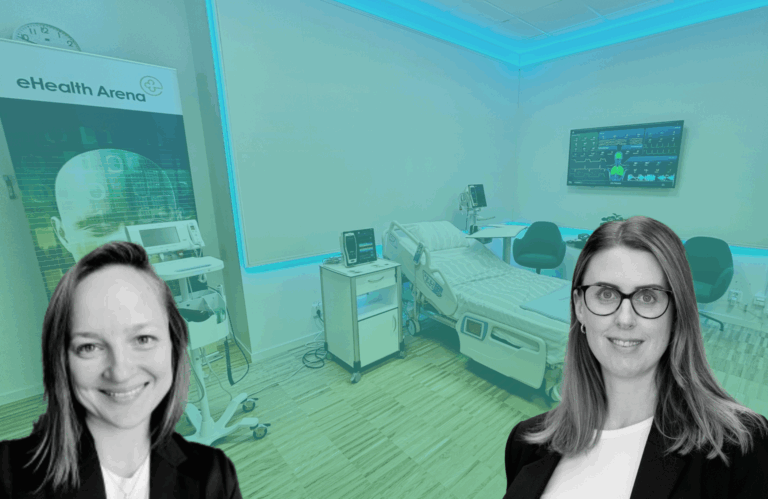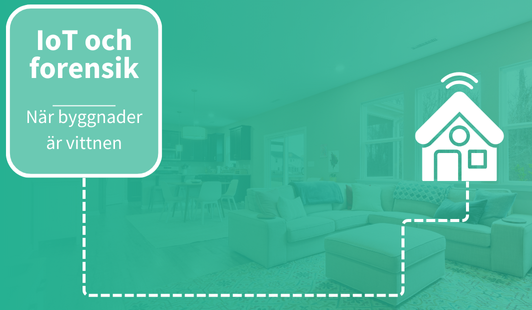Together with members of the advisory board team of Switch to Sweden and other national and regional organisations focused on talent attraction, we recently went on a study visit to the Netherlands. The goal was to explore how the Dutch ecosystem attracts, retains, and integrates highly skilled international talent, particularly in the tech and life sciences sectors. During the trip, we visited four cities—Amsterdam, Eindhoven, and Utrecht—gaining valuable insights into how innovation ecosystems contribute to both local and national economic development.
First stop: Amsterdam – a soft landing for international talent
We began our journey in Amsterdam at IN Amsterdam, the official international office for the Amsterdam Area. Operating under the I amsterdam platform, the initiative supports highly skilled migrants, entrepreneurs, and their families as they settle into Dutch life.
Here, newcomers are welcomed with accessible, centralized services—covering everything from housing to healthcare. What stood out was their blend of a data-driven and human-centered approach. They regularly publish detailed statistics on newcomers—skilled migrants, partners, children, students, and refugees—to inform policy and improve services.
The following enablers contributed to Amsterdam’s success:
- The 30% tax ruling: Offering eligible international employees up to 30% of their salary tax-free for a set period, helping offset relocation costs and enhancing the city’s attractiveness.
- English-speaking job opportunities, which make it easier for international talent to integrate.
- A strong funding model. The international office is funded partly through service fees, paid by the recruiting company or the talent itself and partly through partnership with nearly 60 different service providers in areas such as housing, language and insurance.
- A welcoming environment that facilitates direct contact with local authorities, providing firsthand information on key questions and serving as a one-stop shop for administrative processes to help newcomers settle in Amsterdam. By engaging former expats as volunteers to guide newcomers, talents can get the guidance they need to start their life in Amsterdam and the Netherlands.
Second stop: Eindhoven – a high-tech magnet with a heart
Next, we visited Eindhoven, where innovation and community are deeply intertwined. At High Tech Campus Eindhoven (HTCE)—often referred to as “the smartest square kilometer in Europe”—more than 12,500 people from over 300 companies collaborate on technologies spanning AI, healthcare, and sustainability.
The main highlights were:
- Collaborative spaces that foster company innovation.
- Community-building programs, including events and shared services.
- A clear sustainability vision, aiming to make HTCE the greenest campus in Europe.
- Diversity initiatives, such as Fe+male Tech Heroes. An initiative that aims to raise awareness about gender equality and diversity challenges in the tech industry.
- English is the default working language, and the environment felt intentionally inclusive.
We also explored Brainport Eindhoven, the deeptech epicenter in the Netherlands. Brainport has been working with talent attraction since 2005. Today they have created the Talent Scalejump, a regional strategy to address the need for 50,000 new IT and engineering professionals over the next decade. This is being tackled through:
- International campaigns, such as “Home is Brainport Eindhoven,” to attract global talent. To target the desired talents, different regions across the globe have been identified.
- Partner funds, a fund with private funding from companies to support social objectives in the region such as affordable housing and equal opportunities for all inhabitants.
- Education: reskilling programs to support talent development but also actions to increase students in STEM fields.
- Regional value proposition – RVP a strategic framework that highlights the region’s unique strengths, opportunities, and vision for the future.
- Active efforts to integrate local and international talent within the community.
Local employers stressed that without access to the right talent, businesses may relocate, underscoring how crucial long-term talent strategies are to economic resilience.
Third stop: Utrecht – innovation rooted in proximity and purpose
We then traveled to Utrecht Science Park (USP)—the Netherlands’ largest science and innovation hub, home to Utrecht University and UMC Utrecht, all with a focus on health: life science, health care and planetary health.
3,000 students live in the Science Park and are part of the 55,000 university students in Utrecht. Students can move into research roles, employment, or entrepreneurship—all within walking or cycling distance. USP exemplifies how a physically connected ecosystem can drive innovation and collaboration.
As part of the national Health Valley network, USP also features:
- Incubators and accelerators for startups
- Cross-sector events and co-creation programs
- Accessible infrastructure that supports an innovative environment
We found that the alignment between education pathways and labor market needs was especially thoughtful, ensuring a strong flow of talent from academia to industry.
Regarding attracting and integrating international talent, Utrecht Science Park works together with Utrecht International Center. An international house providing service and support to international talent. At the “Living in the region information desk” newcomwers can receive help with everything from housing to which football teams the kids can join.
A visit to Danone Research & Innovation, a global food company with brands like Activia, Evian, and Alpro, provided another perspective. Their talent strategy focuses on long-term attraction, development, and retention, reflecting how multinational companies align with local ecosystems to compete for top talent.
Final reflections
Our study visit revealed several takeaways that we believe could help strengthen Sweden’s international talent strategies:
- Data-driven policy: Collect and publish statistics on talent inflows, outflows, and labor market needs, broken down by city, region, and nation.
- Strategic coordination: Align national and regional strategies with sectoral and educational demand to ensure talent availability.
- Soft landing infrastructure: Establish one-stop shops and streamlined onboarding processes to support newcomers.
- Labor market accessibility: Promote English-friendly job platforms and inclusive recruitment practices to attract global talent.
- Targeted talent promotion: Tailor attraction strategies to match the right job opportunities with the right international talent.
- Integrated ecosystems: Foster collaboration by ensuring close physical proximity between academia, industry, and government.
- Quality of life: Highlight lifestyle factors—such as culture, nature, and design—as key elements of the region’s appeal.
- Narrative and storytelling: Develop a compelling national brand, with regions showcasing their unique offerings as a secondary focus.
Our study visit confirmed that the Netherlands takes a holistic, long-term approach to international talent attraction and integration. Through thoughtful policy, inclusive infrastructure, and strong public-private cooperation, Dutch regions have created environments where innovation and talent can flourish.
These lessons offer practical and inspiring models to explore for future talent attraction and retention initiatives.
A big thanks to the organisations who welcomed us and openly shared their work and strategies. Also a big thanks to all the Swedish delegates who joined us!


